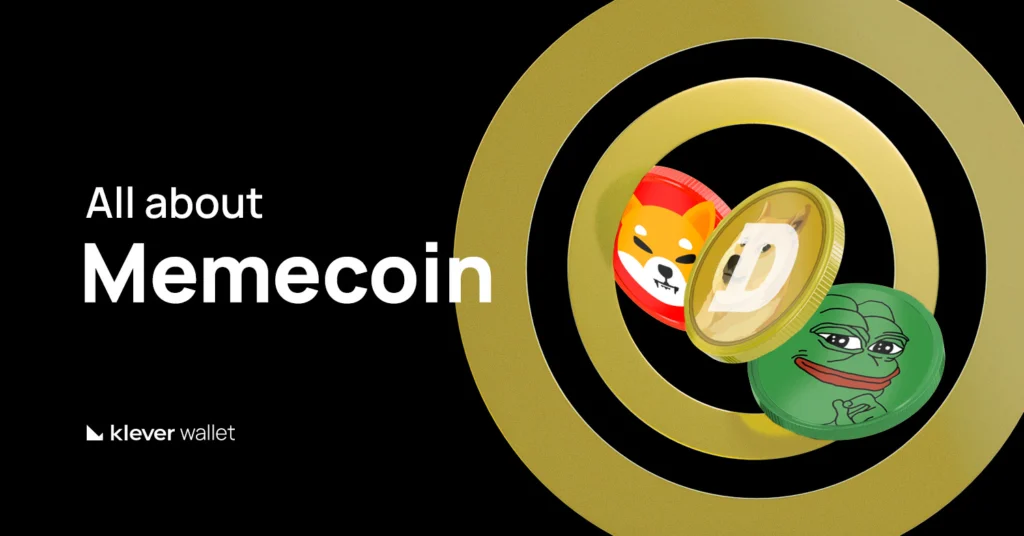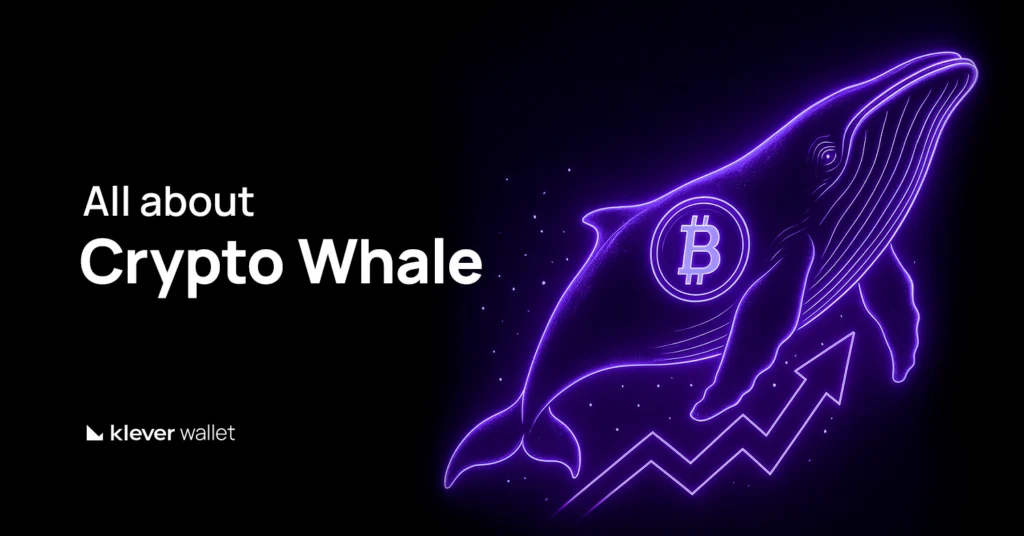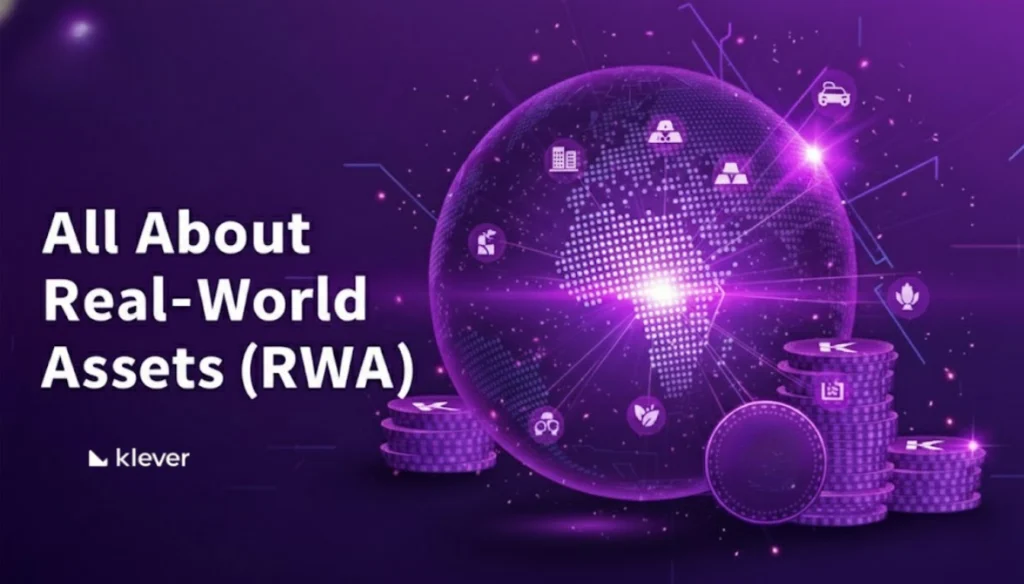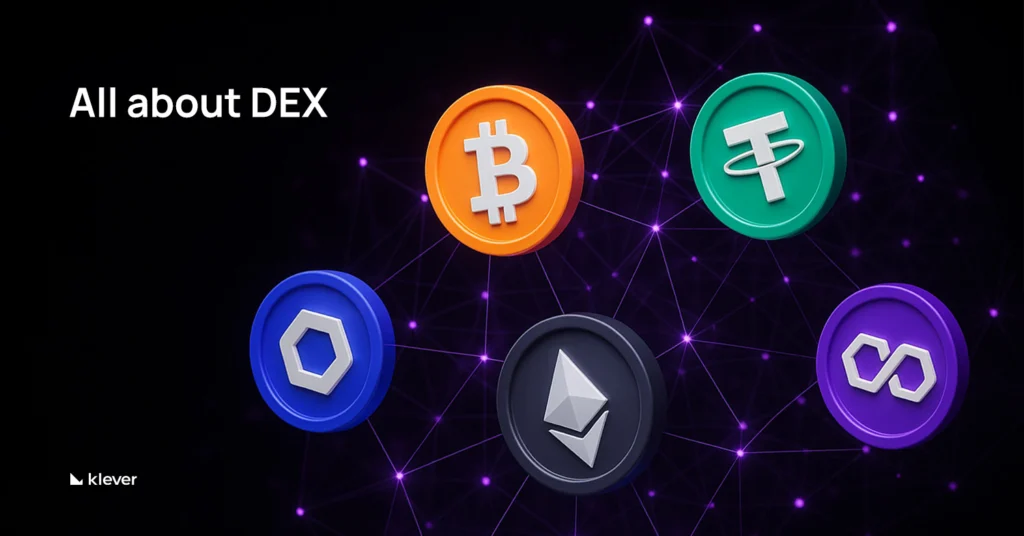
Memecoins have taken the cryptocurrency world by storm, blending internet humor with digital assets. But what exactly are memecoins, who created them, and why do they matter?
In this guide, you’ll learn the origins, how memecoins work, their mission, use cases, tokens, strengths, and risks.
What are Memecoins?
A memecoin is a cryptocurrency inspired by internet memes, jokes, or viral trends. Unlike Bitcoin or Ethereum, which were built with strong technical and financial foundations, memecoins are often created as lighthearted experiments.
Their value depends less on fundamentals and more on community hype, social media buzz, celebrity endorsements, and online culture. This makes them extremely volatile but also highly engaging for investors who follow internet trends.
Who Created the First Memecoin?
The first memecoin was Dogecoin, launched in 2013 by software engineers Billy Markus and Jackson Palmer. Inspired by the viral Doge meme (a Shiba Inu dog with funny captions), Dogecoin was originally created as a parody of the crypto market’s seriousness.
Since then, thousands of memecoins have been launched, from Shiba Inu (SHIB) to Pepe Coin (PEPE), each fueled by community enthusiasm and viral marketing.
Why Were Memecoins Created?
Memecoins were born with different purposes compared to traditional cryptocurrencies:
- Satire & Fun: Dogecoin started as a joke about crypto speculation.
- Community Building: Memecoins thrive on viral movements and shared humor.
- Accessibility: With cheap token prices, memecoins attract first-time investors.
- Speculation: Many people buy them hoping to profit from sudden price surges.
- Social Causes: Some, like Dogecoin, funded charity initiatives and sponsorships.
How Do Memecoins Work?
Technically, memecoins operate like other cryptocurrencies but often with unique tokenomics:
- Blockchain: Most memecoins are tokens built on Ethereum, BNB Chain, or Solana.
- Supply: Many have trillions of tokens to keep prices low.
- Smart Contracts: Some include token burns, reflections, or staking rewards.
- Value Drivers: Their price comes mainly from hype, viral exposure, and exchange listings rather than intrinsic utility.
Example: Dogecoin runs on its own blockchain and has no hard supply cap, making it inflationary. Its price has surged multiple times due to social media campaigns and Elon Musk’s tweets.
What’s the Mission of Memecoins?
Unlike Bitcoin, which aims to create a decentralized form of money, or Ethereum, which powers smart contracts and decentralized applications, memecoins usually don’t start with a technical mission. Their goals are more cultural, social, and community-driven. Over time, some evolve to adopt broader utilities.
Here are the main missions memecoins often embrace:
- Community & Culture
Memecoins aim to make cryptocurrency fun and approachable. By using humor, memes, and online culture, they lower barriers to entry and build strong, engaged communities. - Adoption & Accessibility
With their low prices and viral appeal, memecoins often serve as a gateway for newcomers who want to explore blockchain without starting with complex or expensive assets like Bitcoin or Ethereum. - Charity & Social Impact
Many memecoins leverage their communities for fundraising. For example, the Dogecoin community famously raised money to send the Jamaican bobsled team to the Winter Olympics. This shows how meme culture can be turned into collective action. - Experimentation & Expansion
Some projects start as jokes but later integrate features such as DeFi staking, NFT collections, or play-to-earn gaming. This experimentation helps them stay relevant beyond the initial hype.
Understanding Memecoins Structure
Coins vs tokens
Not every memecoin is the same. Some are coins with their own blockchain, while others are tokens built on existing blockchains:
- Coins: Example: Dogecoin (DOGE) runs on its own blockchain, meaning it has an independent network, miners, and consensus mechanism.
- Tokens: Most modern memecoins are tokens launched on popular blockchains like Ethereum (ERC-20 standard), BNB Smart Chain (BEP-20), or Solana (SPL tokens). Tokens don’t need their own blockchain—they rely on the infrastructure of the host network for transactions and security.
This distinction matters because coins usually have more independence, while tokens are faster and cheaper to launch, making them attractive for meme projects.
Naming & Branding
One of the strongest drivers of memecoin adoption is branding through memes and mascots:
- Animal mascots are the most common, with Shiba Inu dogs (DOGE, SHIB), cats (CateCoin), or frogs (Pepe Coin) leading the trend.
- Many projects choose cultural references from viral internet jokes, celebrities, or even politics.
- The goal is simple: make the token recognizable, fun, and easy to spread on social media.
This branding strategy is what sets memecoins apart—they’re designed to be viral assets first, financial tools second.
Popular examples of Memecoins
- DOGE (Dogecoin)
- SHIB (Shiba Inu)
- PEPE (Pepe Coin)
- BONK (Solana-based meme token)
- Floki Inu (FLOKI
- Sun Dog
Use Cases of Memecoins
Though often criticized for lacking utility, memecoins have found real-world and community-driven uses:
- Tipping & Micropayments: Used to reward content creators.
- Charity & Fundraising: Communities fund social causes.
- E-commerce & Merch: Accepted by some merchants.
- NFTs & Gaming: Integrated into Web3 ecosystems.
- Speculation & Trading: The most common use case.
Strengths and Challenges of Memecoins
Like every type of cryptocurrency, memecoins come with both advantages and disadvantages. Their biggest strength lies in their viral appeal, but the same hype that drives growth can also turn into their greatest weakness.
Strengths of Memecoins
- Viral Growth: Memecoins spread quickly through memes, social media, and influencers, often creating explosive demand in a short time.
- Low Entry Barrier: With trillions of tokens in circulation and very low prices, they are accessible even for small investors who want exposure to crypto.
- Community Power: Online communities play a central role, driving engagement, loyalty, and collective campaigns that can push visibility.
- Cultural Relevance: Memecoins thrive on internet culture, monetizing memes, humor, and viral trends to stay in the spotlight.
Challenges of Memecoins
- High Volatility: Prices often swing wildly, rising or crashing within hours depending on hype.
- Lack of Utility: Many projects offer little or no real-world use beyond speculation, making long-term value uncertain.
- Scam Risks: Rug pulls and pump-and-dump schemes are frequent in the memecoin space, leaving late investors at risk.
- Regulatory Pressure: Authorities are increasingly monitoring speculative tokens, which could limit growth or lead to restrictions.
- Short Lifespan: Once the hype cycle ends, most memecoins lose momentum and fade quickly.
Storage your Memecoins Safely with Klever Wallet
Memecoins are a fascinating blend of internet culture and finance. While they started as jokes, some—like Dogecoin and Shiba Inu—have grown into billion-dollar projects with massive communities.
*This content is provided for educational and informational purposes only. Always DYOR (Do Your Own Research) and consult a qualified financial advisor before making any investment decisions.




